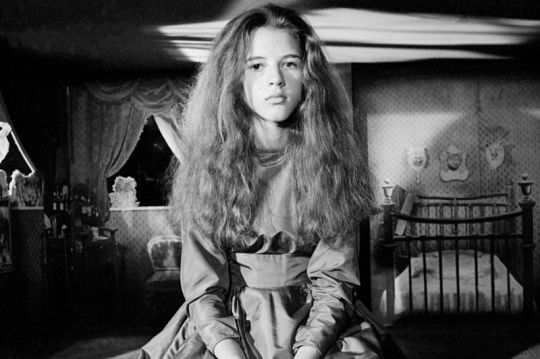Synopsis
Lewis Carroll's classic story has long proved fertile ground for Freudian analysts, Surrealists, social historians, literary critics and filmmakers.
Jonathan Miller's version, made for BBC1 in 1966, is truly original, slyly subversive, and perfectly captures the haunting, dreamlike, subtly menacing atmosphere of Carroll's fantasy. Miller's vision of the story was a picture of upper-middle-class Victorian society: pompous, stuffy, irascible and addicted to absurd ritual, as it might have appeared to the inquiring eyes of an intelligent child. Miller took inspiration for his images from Victorian photography and pre-Raphaelite paintings. The starry cast includes members of the British acting aristocracy as well as iconic figures of the period. Michael Redgrave is a bemused irritable Caterpillar;
John Gielgud, sweetly melancholic as the Mock Turtle, sketches a stately seashore quadrille with Malcolm Muggeridge's Gryphon; Peter Sellers' King of Hearts mutters Goonishly while Peter Cook hams it up as the Mad Hatter.

